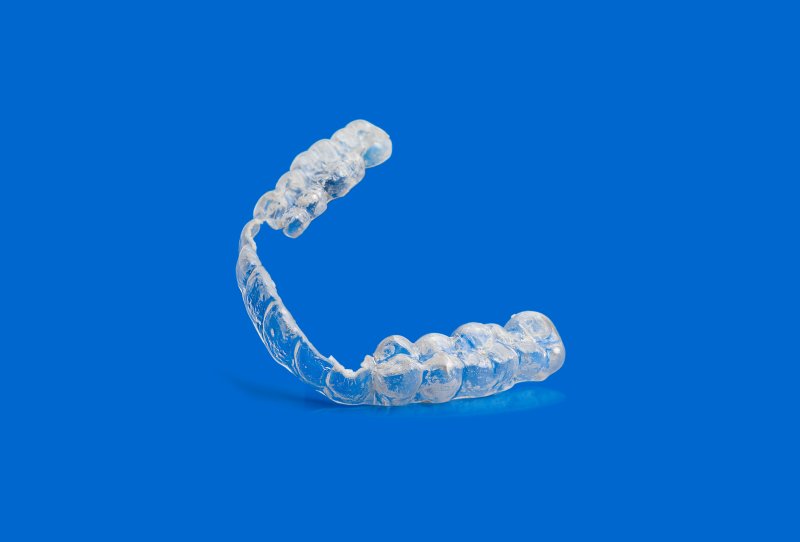
Invisalign can be a fantastic way to straighten your smile without the conspicuous metal wires and brackets and cumbersome dietary restrictions that come with traditional metal braces. While many patients report that this treatment is much easier and more comfortable than other orthodontic methods, it’s still important to know what the process entails before you commit to it. Here are a few things to know about Invisalign to help you prepare for an effective and efficient treatment.
You May Experience a Sense of Tightness
Each Invisalign clear aligner is designed to fit snugly over the teeth in such a way that gradually shifts them into healthier and more visually pleasing positions, and you may experience a sense of tightness upon your teeth when you first start wearing a new set. However, patients regularly report that this discomfort is far less than what they would experience with traditional braces, and it can be easily managed with over-the-counter pain relievers.
While this mild discomfort usually disappears within the first day of wearing a new set, many patients find that they can sleep through the worst of it by putting their new aligners in before bed and taking over-the-counter pain medication. By the time they wake up, the tightness is barely noticeable.
You’ll Need to Practice Excellent Oral Hygiene
Since food and plaque trapped between the teeth and the aligners will be protected from the mouth’s natural cleaning process, wearing your trays without practicing proper oral hygiene can lead to unsightly dental stains and tooth decay that may cause delays in your treatment. Before putting your aligners in, thoroughly rinse them off and brush and floss your teeth to eliminate plaque, bacteria, and food residue. This will also prevent bad breath and discoloration of your aligners.
You May Need Practice to Speak Normally
While Invisalign clear aligners are incredibly thin, they still alter the dimensions of your teeth when you wear them. The teeth play a crucial role in forming the sounds that make up words, and this added mass may cause you to develop a lisp when you first begin the treatment. This lisp should be only temporary as it will diminish as you get more practice. If you’d like to get rid of this issue more quickly, try reading a favorite book out loud and repeating any troublesome words while wearing your aligners.
Knowing what to expect during Invisalign treatment can set you up to achieve superior results. Consulting with your dentist can help determine if this modern orthodontic treatment is right for you.
About the Author
Dr. Rodney L. Allen earned his dental degree at Baylor College of Dentistry and has completed continuing education programs such as Nobel Biocare™ and classes with Spear Education. He is proud to offer the finest dental health services from his Parker office, including general, restorative, cosmetic, and emergency dentistry as well as Invisalign treatments. To schedule your Invisalign consultation, contact his office online or dial (720) 851-6784.

